We protect the wildlife, habitats, and cultural resources of one of the most diverse and bountiful marine environments in the world, an area of 3,295 square miles off the northern and central California coast. The waters within Greater Farallones National Marine Sanctuary are a nationally significant marine ecosystem, and support an abundance of life, including many threatened and endangered species.

NOAA's Office of National Marine Sanctuaries published the Final Restoration Plan for the YFD-70 Dry Dock for Monterey Bay and Greater Farallones national marine sanctuaries.
The Office of National Marine Sanctuaries is implementing two restoration projects:
1) removing objects/vessels/vehicles of all sizes that have been abandoned, grounded, or sunken and discarded; and
2) restoring corals through outplanting of live coral fragments in MBNMS at Sur Ridge.

Greater Farallones National Marine Sanctuary Publishes Condition Report Detailing Conditions and Trends in Sanctuary Resources.
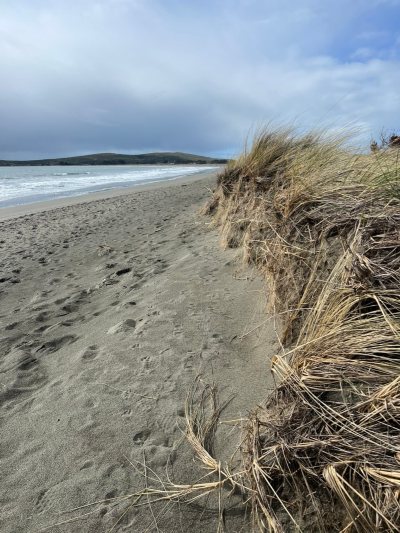
Climate change is eating our coastline. The new Efficient Permitting Roadmap for Coastal Sediment Management is a first of its kind tool to help improve efficiency for both project planning and multi-agency permit review of nature-based projects to restore and increase resilience of coastal habitat.
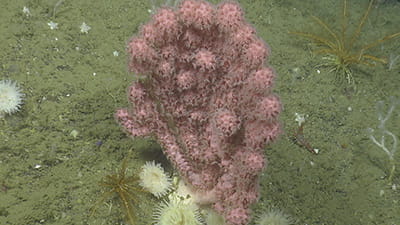
Deep-sea corals provide refuge and food for many other species of invertebrates and fishes that are threatened by a number of issues, including crushing from the sinking of large vessels, fishing gear impacts and ocean acidification. For more information on current activities, read about Deep-Sea Coral Research and Restoration.
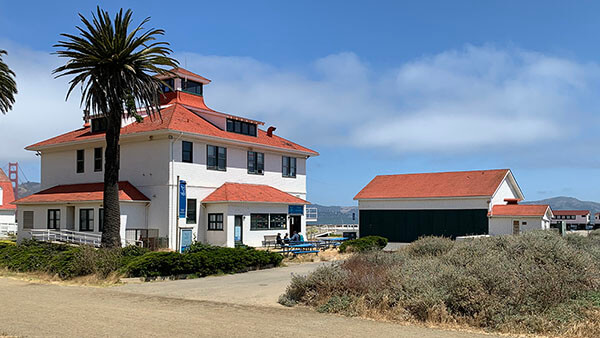
The visitor center will reopen in Fall, 2025 upon completion of renovation.

Each month this year, the Office of National Marine Sanctuaries is releasing a commemorative poster highlighting each sanctuary. This poster highlights the true beauty and importance of the waters surrounding Greater Farallones.
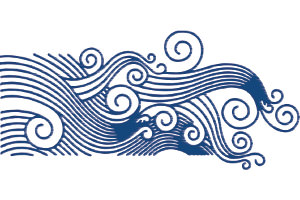
Brisk spring winds churn up cold, nutrient-rich waters from the deep ocean, resulting in activating the food web that supports breeding seabirds and migrating whales. The Pacific High pressure system holds storms at bay, sometimes shrouding the coast in fog.
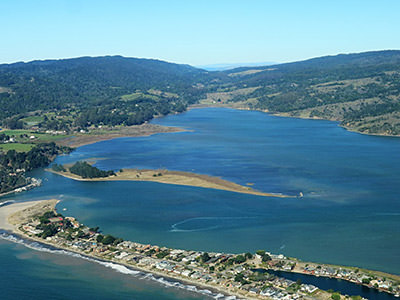
Bolinas Lagoon is an internationally recognized tidal estuary with complex habitat types that support a myraid of plant, bird, terrestrial, and marine species. Just 15 miles north of San Francisco, the Lagoon faces current and future environmental challenges from flooding, erosion, and sea level rise, that threaten its surrounding natural and built environments. Learn more about how Greater Farallones and GFA are working together to help this important ecosystem adapt to these changes so that people, plants, and animals can continue to enjoy the beautiful landscape of Bolinas Lagoon.
This poster features Greater Farallones National Marine Sanctuary, located off the Northern Coast California. A special place for endangered species, sensitive habitats, historic shipwrecks, and cultural resources, this poster highlights the true beauty and importance of the waters surrounding Greater Farallones.
The Greater Farallones Association (GFA) is a non-profit organization whose mission is to support protection of the Greater Farallones National Marine Sanctuary habitats and wildlife through the development of a diverse community of informed and active ocean stewards.
The collection of Beach Watch information is authorized under the OMB Control Number included in the Paperwork Reduction Act and Privacy Act statements.

Safeguarding America's Premier Marine Places
From Washington state to the Gulf of America and from the Great Lakes to the Pacific Islands, the National Marine Sanctuary System protects 18 underwater parks spanning over 629,000 square miles of ocean and Great Lakes waters. By investing in innovative solutions, we strengthen these iconic places to address 21st-century challenges while supporting America's commerce and tourism. These unique locations inspire people to visit, value, and steward our nation’s iconic ocean and Great Lakes waters.